Deck & Commander Strategies
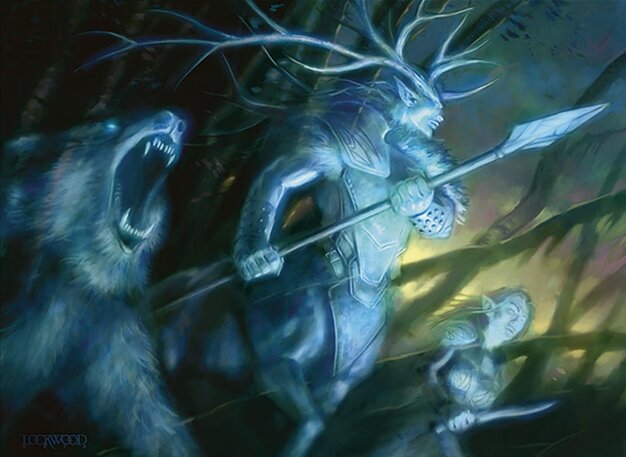
Karador, Ghost Chieftain
The Karador deck aims to reanimate creatures from the graveyard, using cards like Disciple of Griselbrand to fill the graveyard and gain value.
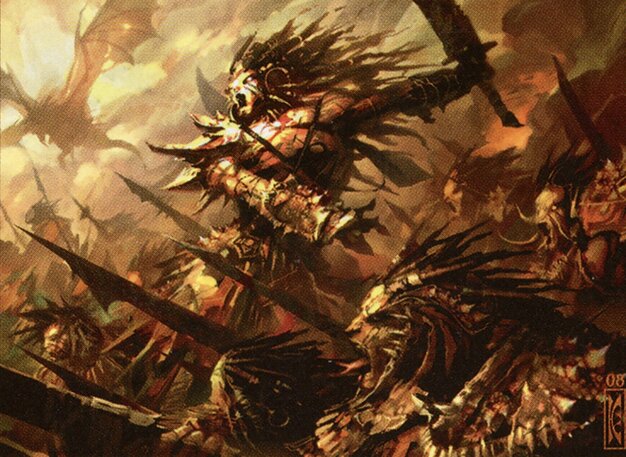
Kresh the Bloodbraided
The Kresh deck focuses on creature combat, with the goal of growing Kresh larger with every creature death and eventually winning through commander damage.
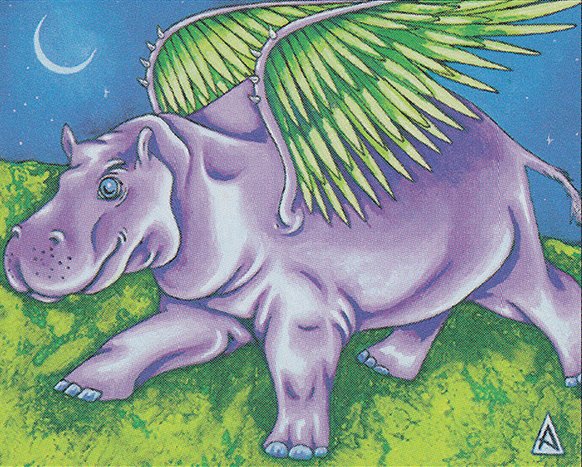
Phelddagrif
The Phelddagrif deck is a group hug deck, aiming to draw lots of cards and play politics with opponents, manipulating the board state to its advantage.

Ruhan of the Fomori
Ruhan deck is focused on creating chaos on the board, with cards like Psychosis Crawler dealing damage based on card draw, potentially leading to a win through direct damage.
Gameplay Insights
- 1
The early deployment of Kresh the Bloodbraided set a fast pace for the game, putting pressure on the other players.
- 2
The Psychosis Crawler from the Ruhan player indicated a card-draw heavy strategy, which could potentially deal significant damage to opponents.
- 3
The Phelddagrif player's use of Farhaven Elf and Solemn Simulacrum for ramp and card draw showed an emphasis on resource generation and maintaining a steady flow of options.
Notable Cards
-

Kresh the Bloodbraided
-
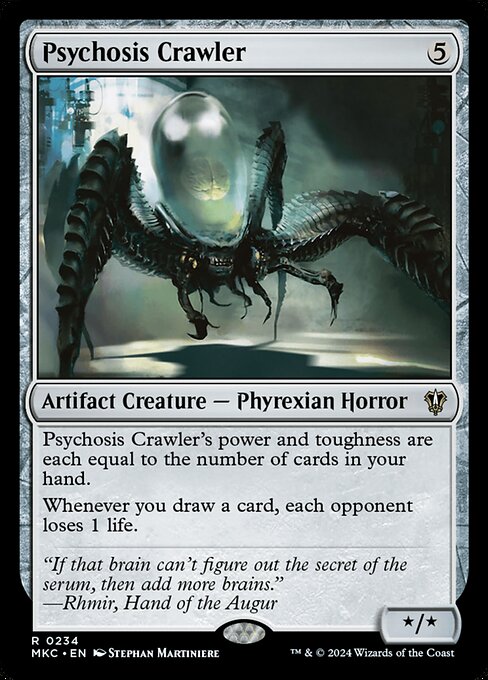
Psychosis Crawler
-
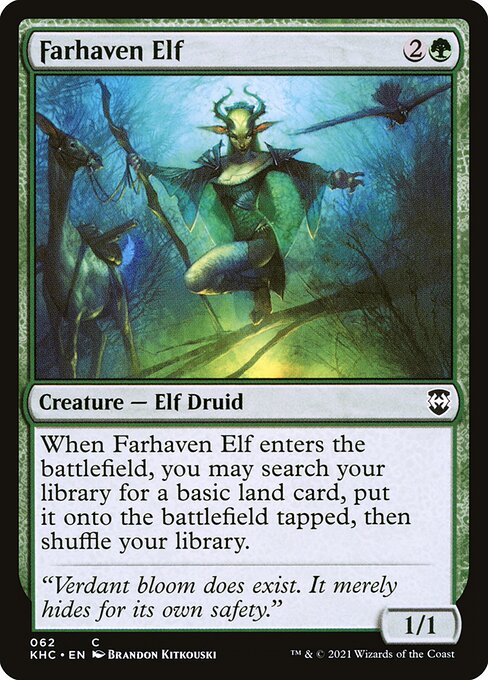
Farhaven Elf
-

Solemn Simulacrum
-
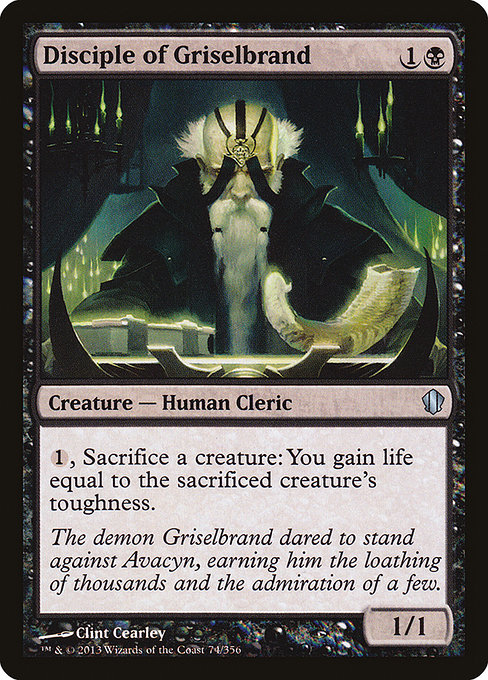
Disciple of Griselbrand
Gameplay Summary
The game kicked off with a strong start from the player piloting Kresh the Bloodbraided, managing to get their commander on the field by turn three.
Not long after, the Ruhan of the Fomori pilot played a Psychosis Crawler, signaling a potential card-drawing strategy.
The Phelddagrif player tried to keep up with the tempo, playing cards like Farhaven Elf and Solemn Simulacrum for ramp and card draw.
The Karador, Ghost Chieftain deck, however, kept a low profile in the early game, focusing mainly on setting up its mana base and playing defensively.




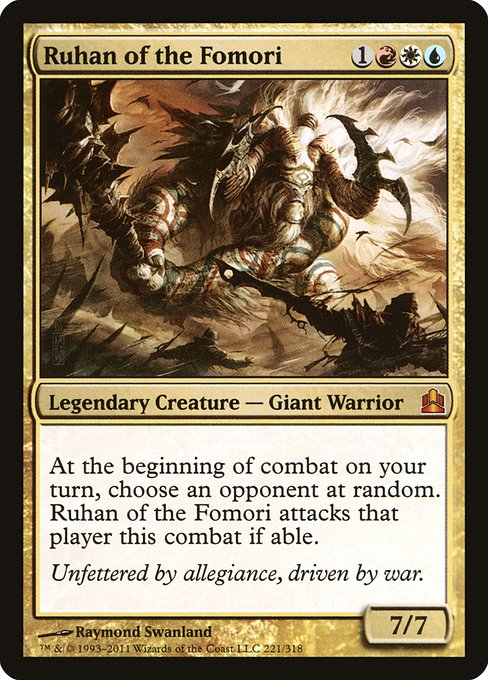

![Commander VS S1E4: Prossh vs Derevi vs Karador vs Scion [MTG Multiplayer] thumbnail](https://i.ytimg.com/vi/qKq_zjLSJU8/sddefault.jpg)
![Commander VS Special: Kresh vs Xantcha vs Rhys vs Atraxa [EDH] thumbnail](https://i.ytimg.com/vi/3F2CvGLBGvw/sddefault.jpg)
![Commander VS: Phelddagrif VS The Big Idea VS Rarity and Roon VS Estrid [EDH] thumbnail](https://i.ytimg.com/vi/IQgv2HY2Ov8/sddefault.jpg)
![Commander VS S6E9: Shirei vs Phelddagrif vs Dralnu vs Hixus [MTG] thumbnail](https://i.ytimg.com/vi/vfgLmNwT_J8/sddefault.jpg)
![Commander VS S1E6: ??? vs ??? vs ??? vs ??? [MTG Multiplayer] thumbnail](https://i.ytimg.com/vi/Zdk_0-b6KmE/sddefault.jpg)
![Commander VS S16E5: Tobias VS Hua Tuo VS Ruhan VS Sygg [EDH] thumbnail](https://i.ytimg.com/vi/G8CMcmKzeUs/sddefault.jpg)


![Commander VS S15E3: Sidisi VS Grothama VS Zndrsplt & Okaun VS Ruhan [EDH] thumbnail](https://i.ytimg.com/vi/8cVo3-xP-rE/sddefault.jpg)




















![Greven vs Ruhan vs Gavi vs Golos [EDH Commander] Gameplay 2020 thumbnail](https://i.ytimg.com/vi/h8Amwf407Ik/sddefault.jpg)





